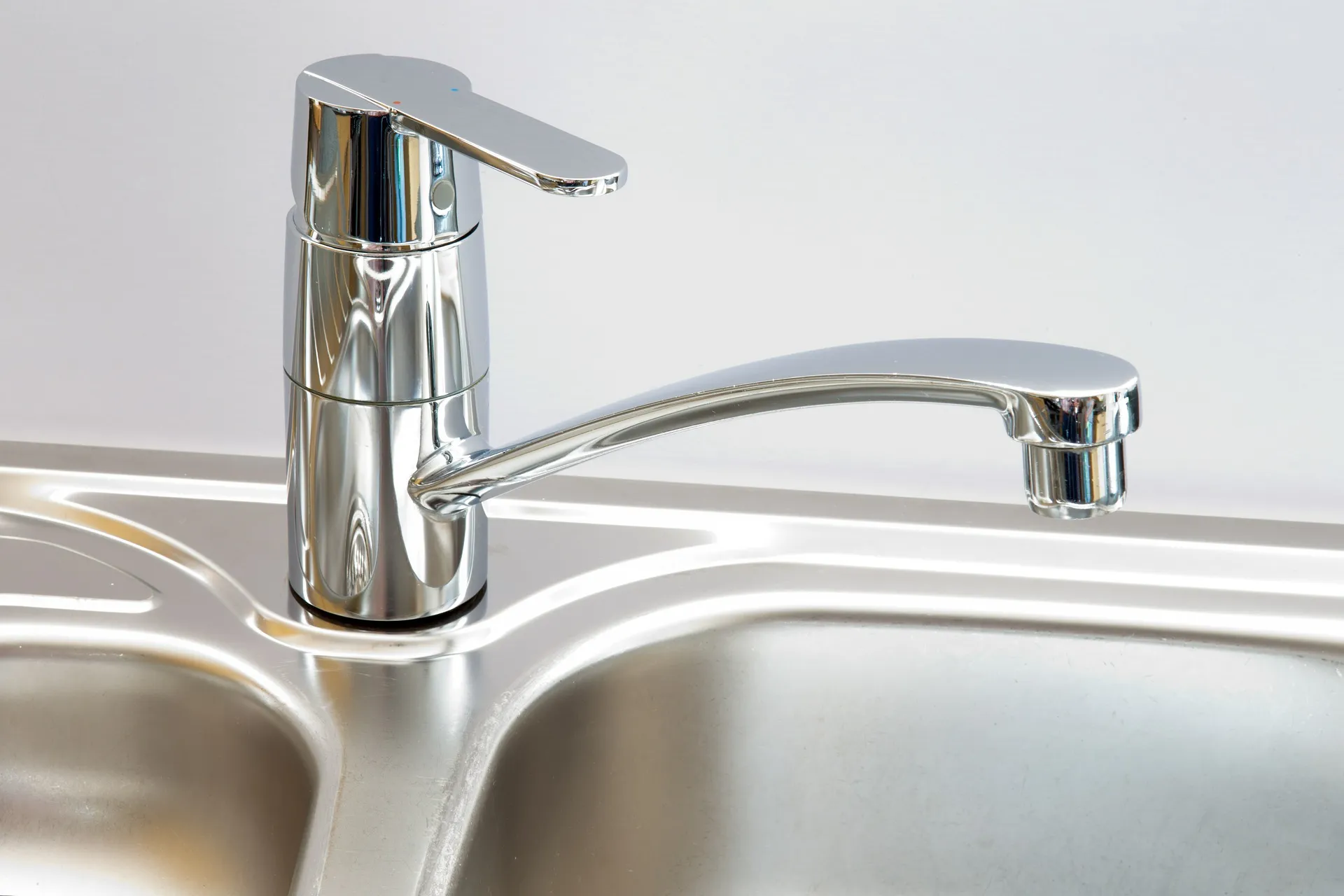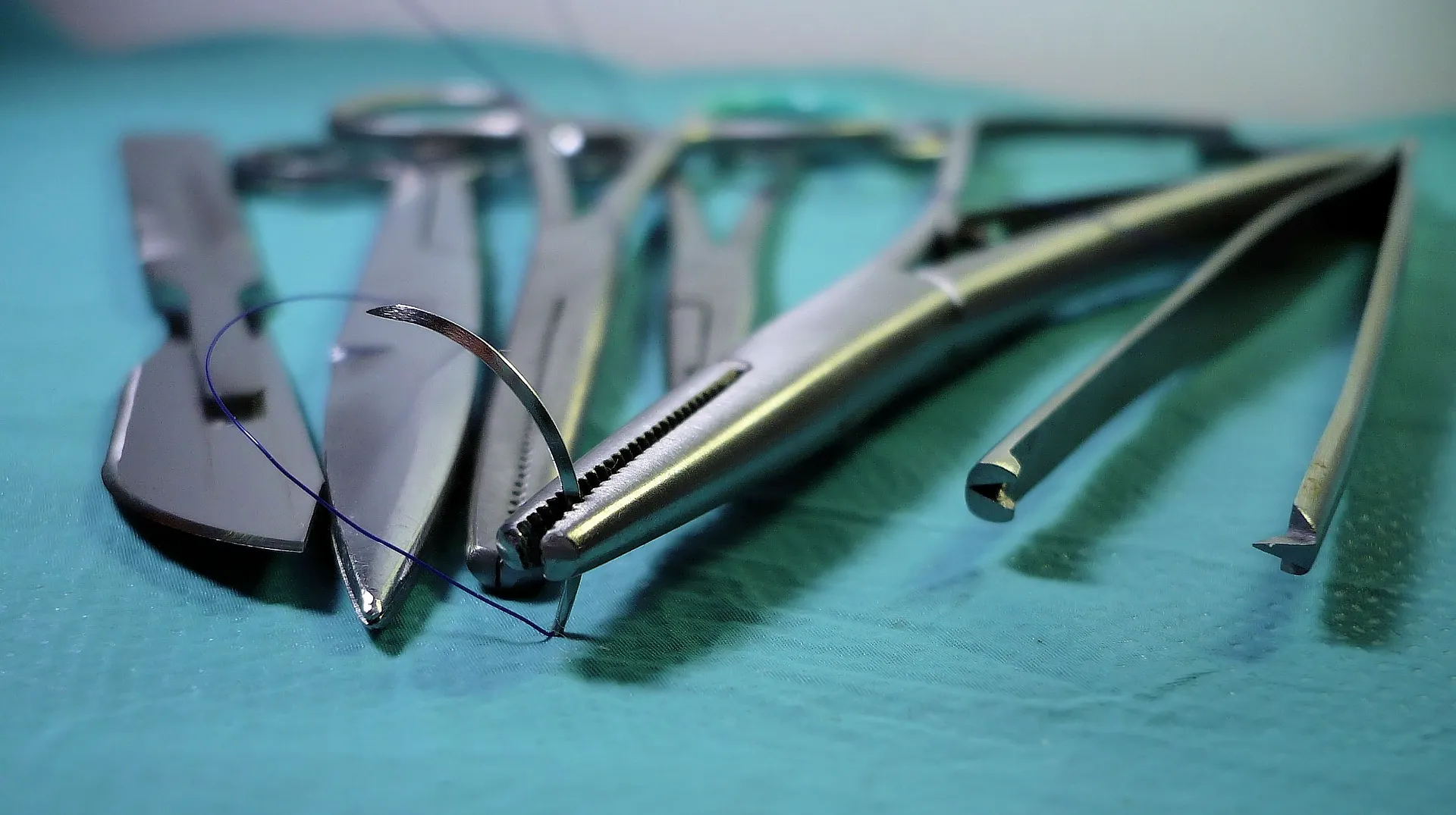The world often utilizes the 304 vs 316 stainless steel grades in all sectors of our daily life. It’s the age-old debate between 304 vs 316 stainless steel.
Stainless steel is less susceptible to stains than other iron-based metals, but it is not entirely stainless. Stainless steel, like regular steel, fingerprints, and grease may tarnish, discolor, and rust. The distinction is in the ability to bounce back. Stainless steel can tolerate more usage and abuse before it shows signs of wear.
As a result, you may find several stainless steel grades in the manufacturing area. Let’s look at the grade composition of these stainless steel grades and figure out what the difference between 304 vs 316 stainless steel is once and for all.
What is stainless steel grades
Carbon, iron, 10.5 % to 30% chromium, nickel, molybdenum, and other alloying components make up stainless steel grades. It is a widely utilized metal in a wide range of industrial, commercial, and residential items, tools, equipment, and constructions.
The most valuable attribute of stainless steel is its corrosion resistance. The alloying element chromium is responsible for corrosion resistance. Stainless steels are noted for their exceptional mechanical qualities, such as high strength, toughness, flexibility, fatigue strength, and wear resistance, in addition to their corrosion resistance.
There are five primary types of stainless steel grades:
- Austenitic Stainless Steels: The most prevalent form of stainless steel is austenitic stainless steel. It includes the 200 and 300 series and is the most extensively used stainless steel category.
- Ferritic Stainless Steels: The crystal structure of ferritic stainless steel is body-centered cubic (BCC). They contain significant levels of chromium, ranging from 11 to 27 percent, but only trace quantities of nickel. Ferritic stainless steel has a low carbon content (about 0.03 percent), making it ductile and formable. They, like austenitic steels, cannot be heat treated to harden them.
- Martensitic Stainless Steels: The tetragonal crystal structure of martensitic stainless steel is body-centered. They have a chromium content of 11.5-18% and a 0.1-1.2 percent carbon content. The high carbon content in martensitic stainless steels is responsible for their exceptional strength and brittleness.
- Duplex Stainless Steels: The micro-structures of these steels have almost equal amounts of austenitic and ferritic phases. They have double the strength of standard austenitic and ferritic stainless steel.
- Precipitation-Hardened Stainless Steels: Copper, aluminum, titanium, and molybdenum are all present in minor levels in precipitation-hardened stainless steels. After the manufacturing process alloys the stainless-steel components, it exposes the stainless steel to an age-hardening process, which causes these components to precipitate as complicated intermetallic elements.
Stainless steel composition and properties
The 304 vs 316 comparison has stood the test of time due to its startling similarities. Both alloys are austenitic stainless steel, one of the five types of stainless steel. These steel types each have their own set of characteristics that help them satisfy various physical and environmental requirements.
Chemical composition, properties, and appearance are all equivalent across grades 304 and 316. Both options are well-known for their sturdiness and resistance to rust and corrosion.
The presence of molybdenum in stainless steel 316 is the fundamental difference between the two alloys. This chemical ingredient aids steel hardening and strengthening. This alloy also has more nickel than 304 stainless steel but less chromium.
304 stainless steel properties

304 stainless steel is a popular austenitic stainless steel alloy known for its durability, tensile strength, and oxidation and corrosion resistance.
The melting point of 304 stainless steel is greater than that of 316 stainless steel, ranging from 2,550 to 2,650 degrees Fahrenheit (1399 to 1454 degrees Celsius). However, when the material gets closer to these temperatures, its tensile strength begins to deteriorate.
The stainless steel alloy’s exceptional tensile strength of around 621 MPa or 90 KSI makes it stand out. Grade 304 stainless steel can also withstand temperatures of up to 870°C.
The chemical composition of grade 304 stainless steel is 18% chromium and 8% nickel, which shows the difference in chemistry between it and 316 stainless steel.
Apart from the two principal components, this stainless steel grade may include traces of manganese and carbon. Because of these components, it is oxidation-resistant, making it an excellent sanitization and cleaning substance.
304 stainless steel is also popular in tire covers, storage tanks, vehicle moldings and trim, kitchen appliances and equipment, electric enclosures, and other applications.
316 stainless steel properties

Grade 316 is a standard stainless steel alloy with a melting range of 2,500 to 2,550 degrees Fahrenheit (1,371 to 1,399 degrees Celsius). Because it is an austenitic stainless steel alloy, it has corrosion resistance, high nickel and chromium content, and a lot of strength.
The tensile strength of the alloy is 579 MPa (84 KSI) (kilopound per square inch). Its maximum operating temperature is 800 degrees Celsius (1,472 degrees Fahrenheit).
The alloy’s composition includes extra molybdenum, as previously indicated. Grade 316’s resistance to chloride pitting, alkalis, and acids is due to this characteristic.
In terms of similarity, this stainless steel grade is comparable to grade 304. It has the same mechanical and physical qualities, and it is almost difficult to identify it without specialist equipment or testing.
The material composition of 316 stainless steel is its key distinguishing feature. It has a chromium content of 16%, nickel content of 10%, and molybdenum content of 2%.
This alloy is more costly per ounce of material than 304. Because of the molybdenum and extra nickel content, the price fluctuates.
Marine components, stainless steel baskets, medical/surgical equipment, chemical equipment, pharmaceutical equipment, outdoor electrical enclosures, and other items are examples of 316 stainless steel alloy uses.
Is 304 vs 316 stainless steel nickel-free?
No. nickel is present in both 304 and 316 stainless steel. It’s one of the reasons why specific grades are so lustrous and long-lasting. On the other hand, some stainless steels contain less nickel than others.
However, The straight answer for this question is that 304 has 18 percent chromium and 8% nickel, while 316 includes 16 percent chromium, 10% nickel, and 2% molybdenum.
Is it food-grade stainless steel?
Because of their resistance to oxidation and corrosion, 304 vs 316 stainless steel is widely popular in the food sector. The chromium in the product protects it against oxidation or rust, while the nickel in the food-grade drum protects it from corrosion. The higher the nickel concentration, the more rust-resistant the stainless steel.
18/8 and 18/10 stainless steel are two more names or codes for 304-grade stainless steel. These statistics relate to the product’s chromium and nickel content in stainless steel.
Food grade stainless steel sheet
Stainless steel is suitable for heat, water, and harsh cleaning agents in the food sector. Food-grade stainless steel must stay resilient, rust/corrosion-free and simple to clean through such exposures.
Furthermore, the pitting resistance ensures an easy-to-clean and maintain surface. Finally, the metal’s heat resistance implies it can withstand high temperatures without being damaged.
For these reasons, many food manufacturers employ stainless steel metal trays in their production procedures. Some people, however, may not recognize that any stainless steel will suffice. There are hundreds of distinct stainless steel kinds on the market, each with its own set of features.
The most popular grades of stainless steel used for food preparation and eating are 18/8 and 18/10, both of which are part of the 300 series and are also famous as Type 304 (304 Grade). The most popular food-grade stainless steel sheets, apart from 304, are:
- 316 Stainless Steel: This kind of stainless steel is famous for its corrosion resistance. Although 316 stainless steel is food-grade, it is often suitable in areas other than the kitchen, such as maritime and clinical applications.
- 416 Stainless Steel: 416 Stainless Steel is a ‘cutlery grade’ stainless steel that is corrosion resistant and sturdy enough for heavy usage in the kitchen.
- 420 Stainless Steel: This stainless steel grade is also suitable for the kitchen. 420 stainless steel, sometimes known as surgical steel, contains molybdenum, which aids in corrosion resistance.
- 200 Series: Finally, stainless steel of the 200 class is also famous in the food business. Food storage containers made of 200-grade stainless steel are the most prevalent.
As you can see, there are several types of food-grade stainless steel alternatives for your kitchen. Stainless steel alternatives are available for food-grade containers as well as food-grade pots and pans.
Does 304 vs 316 stainless steel rust or tarnish
In normal circumstances, 304 stainless steel will not rust. Consider adding a possibility that causes pitting corrosion (saltwater), crevice corrosion (poorly applied paint), galvanic corrosion (bolting it to a different metal), or chemical assault on the surface (bleach). In this instance, stainless steel will rust quickly.
Because of the presence of chromium in their alloying, both 304 vs 316 stainless steels are corrosion resistant. When chromium is present in amounts more than 12 wt%, it forms a highly permanent surface oxide layer that is exceptionally corrosion-resistant.
When this layer is broken or removed, the metal underneath it may rust or tarnish if exposed to the correct atmosphere. The above corrosion will pierce the passivated surface, allowing base metal corrosion to proceed.
Physical Properties (including magnetism)
When selecting stainless steel varieties, tensile strength, yield strength, compression strength, and shear modulus are important mechanical parameters. The stainless 304 vs. 316 comparisons based on each attribute are:
Tensile Strength
The tensile strength of 304 stainless steel with an 8mm thickness is 520-720 MPa. It has a tensile strength of 540-750 and 8-75 mm thickness.
On the other hand, The tensile strength of stainless steel 304 bars with a thickness of 160 mm is 500-700 MPa.
316 stainless steel with an 8mm thickness, on the other hand, has a tensile strength of 530-680 Mpa. It has a tensile strength of 520-670 and 8-75 mm thickness.
On the other hand, the tensile strength of stainless steel 316 with a thickness of 160 mm is 500-700 MPa.
Yield Strength
Yield strength is the most significant force applied to the metal before it permanently changes form. The yield strength of 304 stainless steel is 215 MPa, whereas 316 stainless steel is 290 MPa. It indicates that 316 stainless steel is better than 304 stainless steel for manufacturing goods exposed to a higher force.
Hardness
The hardness of a substance determines how effectively it resists deformation, abrasion, penetration, and indentation. Stainless steel 316 has a Rockwell B hardness of 79, whereas stainless steel 304 has a Rockwell B hardness of 70. Although the difference is minor, 316 stainless steel is better suited for higher friction tasks.
Modulus of Elasticity
The connection between stress and strain and the metal’s reaction to deformation is the modulus of elasticity. The modulus of 316 stainless steel is 164 GPa, whereas the elasticity of 304 stainless steel is 193-200 GPa. It demonstrates that 304 stainless steel has a superior deformation response.
Magnetism
Both grades are austenitic, implying they aren’t magnetic; however, cold processing may change that. There will be a slight increase in magnetic characteristics when the stainless steel is made or cut, but it won’t be essential.
Heat Resistance Ability
When you utilize items in high-temperature situations, temperature resistance is a significant factor to consider. 304 stainless steel has a stronger temperature resistance than 316 stainless steel, with a melting point of 50 to 100 degrees Fahrenheit.
304 stainless steel Has a high heat tolerance. However, continuous usage at 425-860 °C (797-1580 °F) may result in corrosion. 316 stainless steel, on the other hand, offers strong heat resistance at temperatures over 843 °C (1550 °F) and below 454 °C (850 °F).
Welding And Formability
The quantity of carbon determines weldability in the grade; as carbon levels rise, weldability decreases. The carbon percentage of 304 stainless steel and 316 stainless steel is 0.08 percent, with minor differences in other constituents.
Although people weld both grades utilizing arc welding methods, the tiny variance in their components results in a slight differential in their weldability.
Cost Difference
In terms of cost, 304 stainless steel offers an edge. Because of the additional chemical components, 316 stainless steel is more expensive (75 percent more than SS 304). As a consequence, the production process becomes more complicated. In addition, the various constituents increase corrosion resistance and, as a result, the value.
How to choose the best stainless steel between 304 vs 316 stainless steel
Stainless steel 316 has a more excellent melting point than stainless steel 304, but it is more resistant to chemicals and chlorides (such as salt) than stainless steel 304. Grade 316 stainless steel is perfect for chlorinated solutions or salt exposure applications.
When comparing 304 vs 316 stainless steel sheets, it’s important to remember that 316 is the better alloy of the two. However, that classification comes with a higher price tag and performance benefits that, depending on your application, may or may not be worthwhile. The specifications will determine the optimum stainless steel for your project.
